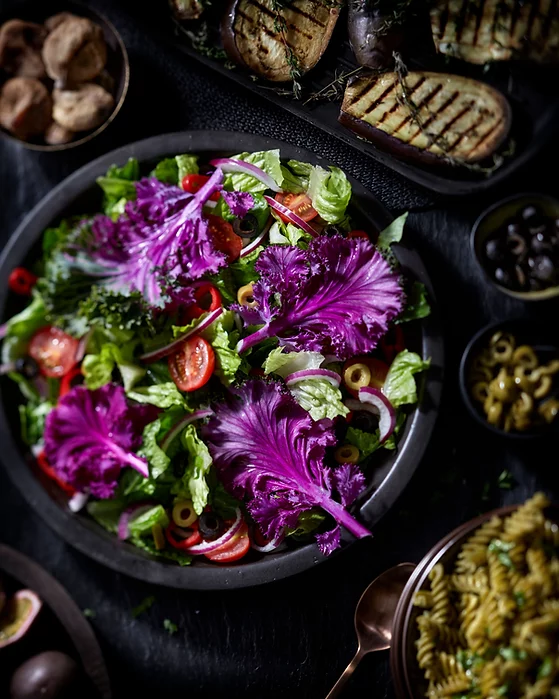
Both the COVID-19 crisis and the changing climate brought quite a few new horticultural trends to life. Amongst which, plants with a purpose. A trend on which we’ve seen a continuously growing focus over the past few years.
Gardening for the planet
It’s all about sustainability and finding the right solutions for the climate. Weather changes affect not only the planet, but also the way we garden. We see an increasing focus on drought-tolerant gardening and an ever-increasing demand for varieties that can handle extreme weather conditions.
● Mad about Mangave
The revolutionary Mad about Mangave series hardly need any water and keep their good looks throughout the years, which makes them very sustainable. These hybrid succulents are drought-tolerant, heat-tolerant and seem to thrive on some neglect. They are suitable for outdoors and indoors, which is a good thing, as Mangave does need some protection during cold winter months.
● Nepeta
Nepeta such as Nepeta Neptune aren’t just perfect for borders and loved by pollinators: they’re drought-tolerant as well. The long-blooming flowers help increase biodiversity without requiring too much looking after.
● Echinacea
Just like Nepeta, Echinacea hardly requires any looking-after. They’re pollinator-friendly, drought-tolerant and aren’t too picky about their soil. Echinacea Pretty Parasols is also ideal for natural gardens and has a high endurance in the wind, cold, heat and sun. dl=0
The edible garden
Even though we’ve seen the popularity of the edible garden increasing over the last few years, it seems to have become even more popular in 2022. The desire to return to a simple life and knowing where our food comes from seems to have centralized this year: a big vegetable garden or a small balcony.
● Ficus
Whereas Ficus often overgrows, Little Miss Figgy makes it easy to grow figs in even the smallest gardens. She may be small in size, but produces fruits in profusion all along the branches.
● Kale
It is the king of the winter vegetable garden and packed with healthy antioxidants: the kale. Rainbow Pink Candy Crush combines the best of both worlds, being the world’s first edible purple kale and adding a splash of colour to the garden - and plate.
Gardening for wildlife
And as the past few years, this year gardeners continue to strive to make their garden more wildlife-friendly. Using pollinator-friendly varieties, supporting pollinators, wildlife and soil health at the same time.
● Lavandula Phenomenal
Lavandula is easy to grow, looks lovely, mixes well in borders and is adored by pollinators. Lavandula Phenomenal, for example, flowers abundantly with very large flowers and has very strong branches and a strong root system.
● Sedum
Once sedum flower, they become irresistible to pollinators such as butterflies and bees. And let’s be honest: they’re not too bad to look at, either. Sedum Sunsparkler® Dream Dazzler, for example, stands out with its beautiful variegated foliage and its disease resistance and compact size.
● Geranium
That pollinators are wild about geraniums shouldn’t come as a surprise. Imagine the number of happy pollinators in the garden once Geranium Intense is planted. Not only are the flowers very brightly coloured - it blooms exuberantly!

.png)
.png)
.png)
.png)
.png)
.png)
.png)
.png)
